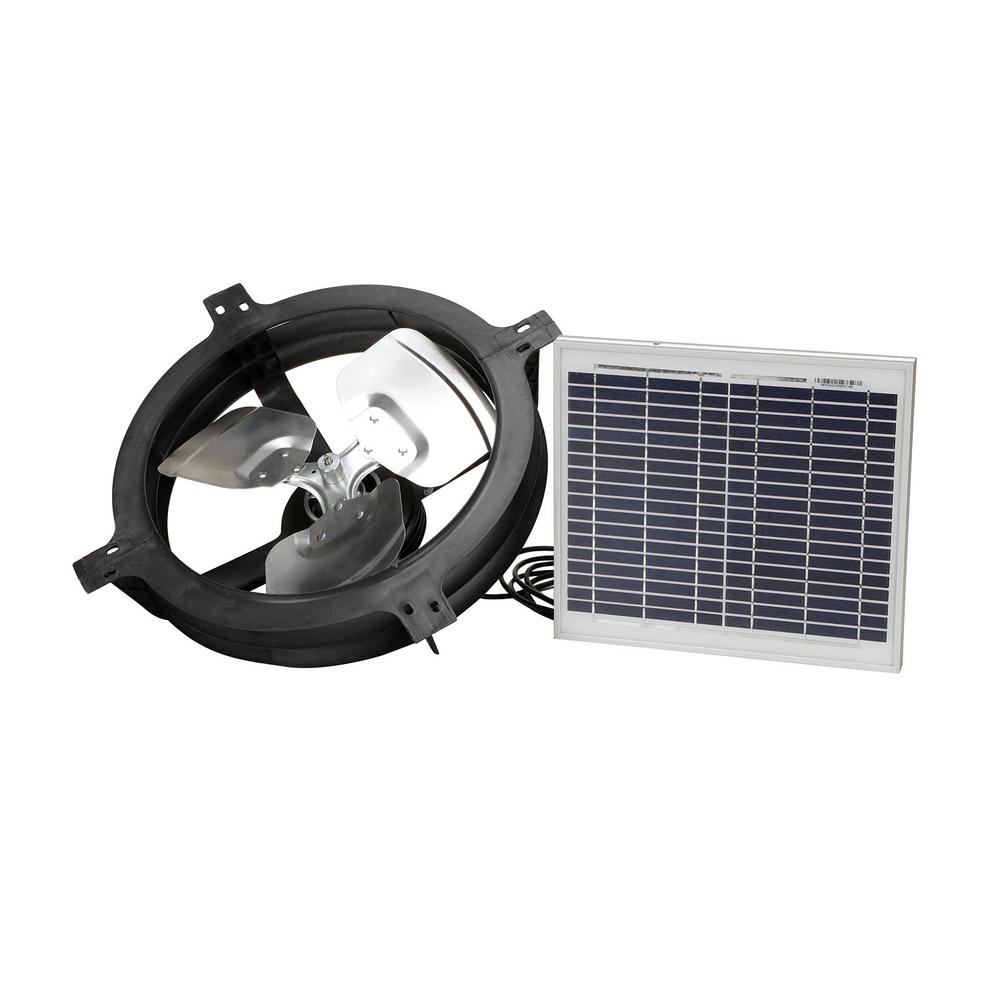During cold winter months the attic vent fan is not necessary.
Attic exhaust fan settings winter.
Of course some environments are much hotter than others so this will be the perfect time to measure out how warm your attic will get during the most heated of seasons.
Many people buy an attic fan which cost around 50 for standard electric gable fans to upwards of 350 for a high end solar attic fan and one of the first things they have to determine is the proper temperature to set the attic fan thermostat.
Small attic vents located below the roof peaks provide sufficient ventilation to let the moisture created by heat rising into the.
The warm air from exhaust fans doing laundry and even washing dishes rises up into the attic.
Most attic fans operate with a thermostat that automatically turns the fan on and off based on a temperature the homeowner sets.
Most manufacturers and contractors recommend a temperature setting between 100 and 110 degrees fahrenheit.
Air is drawn in through the attic fan and air is expelled through the roof vent system to keep your attic cooler and drier preventing ice and moisture issues throughout the winter.
Humidity settings are another issue that can make or break the performance of your heating and cooling systems and your attic ventilation.
It circulates the air and prevents the moisture from building up.
When it comes to adjusting the thermostat of your attic s fan it s best to adjust it to approximately 90 to 95 degrees.
Prevents condensation the warm from the heat isn t the only air that collects in your attic during the winter months.
One static vent style is the turbine vent which uses wind to power its enclosed fan all it takes is a light breeze to rotate the blades and suck heat out of the attic view example on the home.
To combat moisture buildup a fan in the attic is essential.
Attic ventilation fans offer mechanical ventilation using a fan to draw in cool outside air and force out warm moist air.
Attic fan thermostat setting.
Most manufacturers recommend setting your attic fan thermostat.

